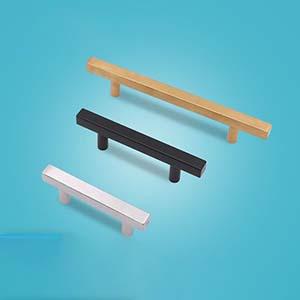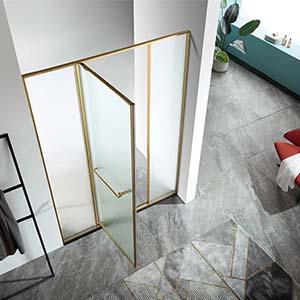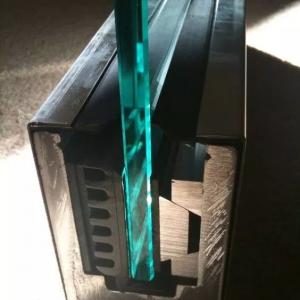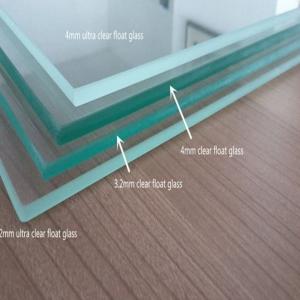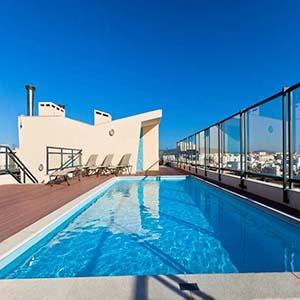The Evolution of Safety Glass: A Historical Perspective
Safety glass, a crucial development in the history of materials, has transformed industries from automotive to construction, significantly enhancing safety and durability. This article explores the evolution of safety glass, tracing its origins, key developments, and its impact on modern life.
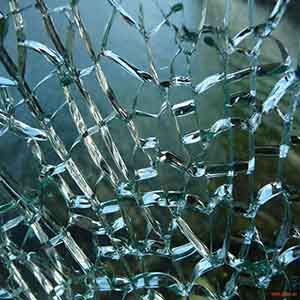
Origins and Early Innovations
The history of safety glass dates back to the late 19th and early 20th centuries. In 1892, Frank Shuman invented wire mesh glass, embedding a wire mesh within the glass to prevent shattering. This innovation was a significant step forward, offering increased safety by holding glass fragments together upon breaking [6].
In 1903, French chemist Édouard Bénédictus made a groundbreaking discovery that led to the invention of laminated glass. Inspired by an accident in his laboratory where a glass flask coated with cellulose nitrate didn’t shatter upon falling, Bénédictus realized the potential for safety applications. He patented this new form of glass, which consisted of two layers of glass with a plastic interlayer, creating a product that held together when broken [4].
Development and Adoption in the Automotive Industry
The automotive industry was among the first to recognize the potential of safety glass. Early car windows and windshields were made from ordinary glass, which posed serious risks in the event of accidents, often causing severe injuries from shattering. In the 1920s, car manufacturers began to adopt laminated glass for windshields, significantly reducing injuries caused by glass breakage.
In the late 1930s, advancements in safety glass technology led to the development of tempered glass. This type of glass is heated and then rapidly cooled, which increases its strength and causes it to break into small, blunt pieces rather than sharp shards. Tempered glass became widely used in car side windows and rear windows, further enhancing passenger safety [5].
Evolution in Building Design
The construction industry also saw the benefits of safety glass. Initially used primarily for its aesthetic appeal and ability to allow natural light into buildings, glass had inherent risks due to its fragility. The development of laminated and tempered glass revolutionized architectural design by enabling the use of larger glass panels without compromising safety.
During the 20th century, safety glass became a standard in buildings, especially in high-rise structures, public buildings, and places with high foot traffic. Innovations like float glass technology, developed by Sir Alastair Pilkington in the 1950s, allowed for the mass production of high-quality glass at lower costs, further promoting its use in construction [2].
Advances in Manufacturing Techniques
The late 20th and early 21st centuries brought significant advancements in the manufacturing techniques of safety glass. One notable development was the introduction of chemical tempering, which involves placing glass in a bath of potassium salt to strengthen it. This process allows the creation of even thinner yet stronger glass, expanding its applications.
Another major advancement was the development of smart glass technologies. These include electrochromic glass, which can change its light transmission properties when voltage is applied, and photochromic glass, which darkens in response to sunlight. These technologies not only enhance safety but also contribute to energy efficiency in buildings [3].
Safety Glass in Modern Applications
Today, safety glass is ubiquitous, found in a wide range of applications beyond automotive and construction. It is used in household items such as shower doors, tabletops, and glass railings, as well as in public transportation, aerospace, and even in smartphones and electronic devices.
The advancements in safety glass have also been pivotal in developing more resilient and sustainable buildings. Modern safety glass is often combined with other materials to enhance its properties. For example, double glazing combines two layers of glass with an air or gas-filled cavity in between, providing improved thermal insulation and soundproofing.
The Role of Regulations and Standards
The widespread adoption of safety glass has been driven in part by regulations and standards that mandate its use in various applications. Organizations like the American National Standards Institute (ANSI) and the International Organization for Standardization (ISO) have developed guidelines that ensure the quality and safety of glass used in different industries.
In the automotive industry, for instance, regulations require the use of laminated glass for windshields and tempered glass for side and rear windows. Building codes in many countries mandate the use of safety glass in certain areas, such as in doors, windows near the floor, and in high-traffic areas to prevent injuries from accidental impacts [1].
Future Directions and Innovations
The future of safety glass is promising, with ongoing research and development aimed at enhancing its properties and expanding its applications. One area of focus is improving the energy efficiency of safety glass. Innovations like triple glazing and vacuum glazing are being explored to create glass that provides superior insulation without compromising on safety or visibility.
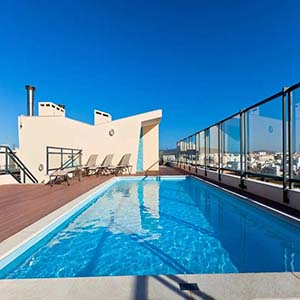
Additionally, advancements in nanotechnology are opening up new possibilities for safety glass. Researchers are developing coatings that can make glass self-cleaning, more scratch-resistant, and even capable of filtering harmful UV rays while maintaining transparency.
Another exciting development is the integration of smart technologies into safety glass. This includes glass that can incorporate sensors to monitor environmental conditions, detect break-ins, or even change its opacity on demand for privacy or shading purposes.
Conclusion
The evolution of safety glass is a testament to human ingenuity and the relentless pursuit of safety and innovation. From its humble beginnings with wire mesh glass to the sophisticated laminated and tempered glass of today, safety glass has made significant strides in protecting lives and enhancing the functionality of various structures and devices.
As technology continues to advance, safety glass will undoubtedly play an even more critical role in shaping the future of architecture, transportation, and everyday products. Its ability to combine safety, functionality, and aesthetic appeal makes it an indispensable material in the modern world.
 English
English Russian
Russian